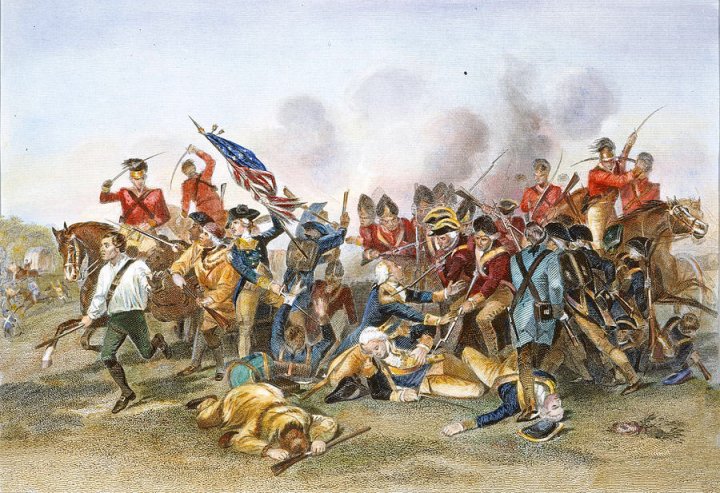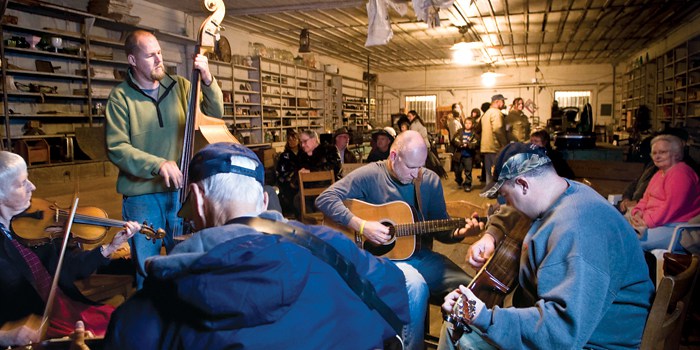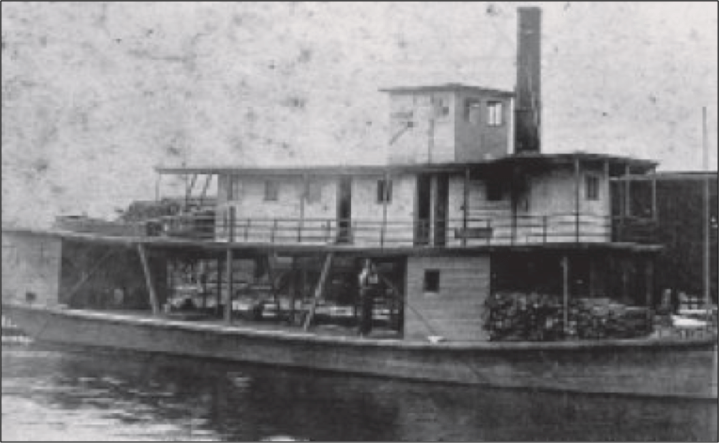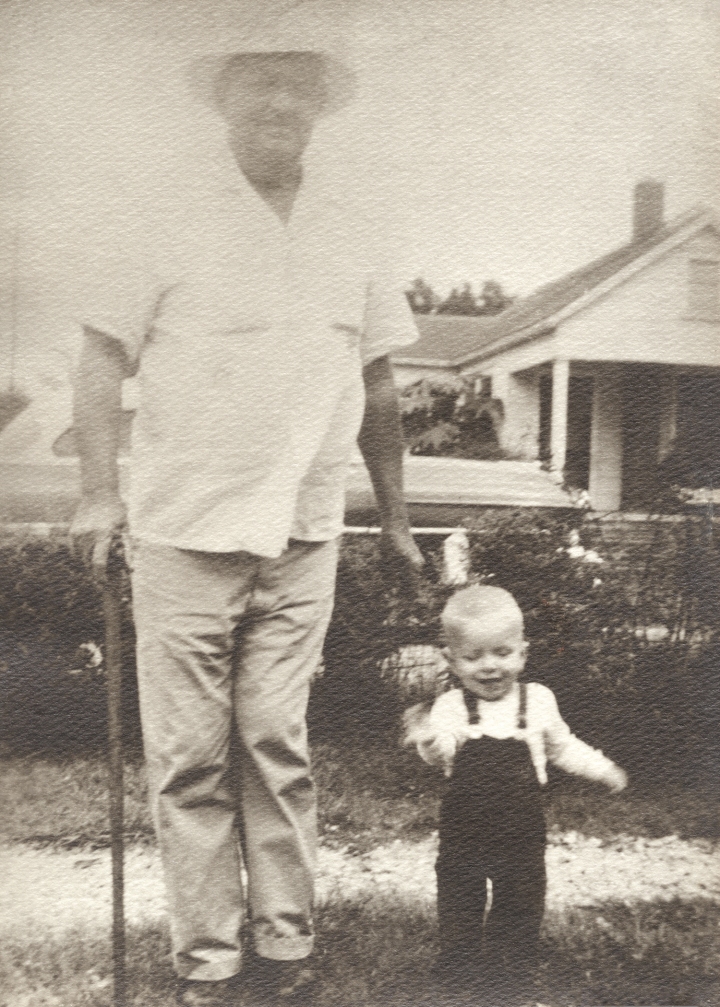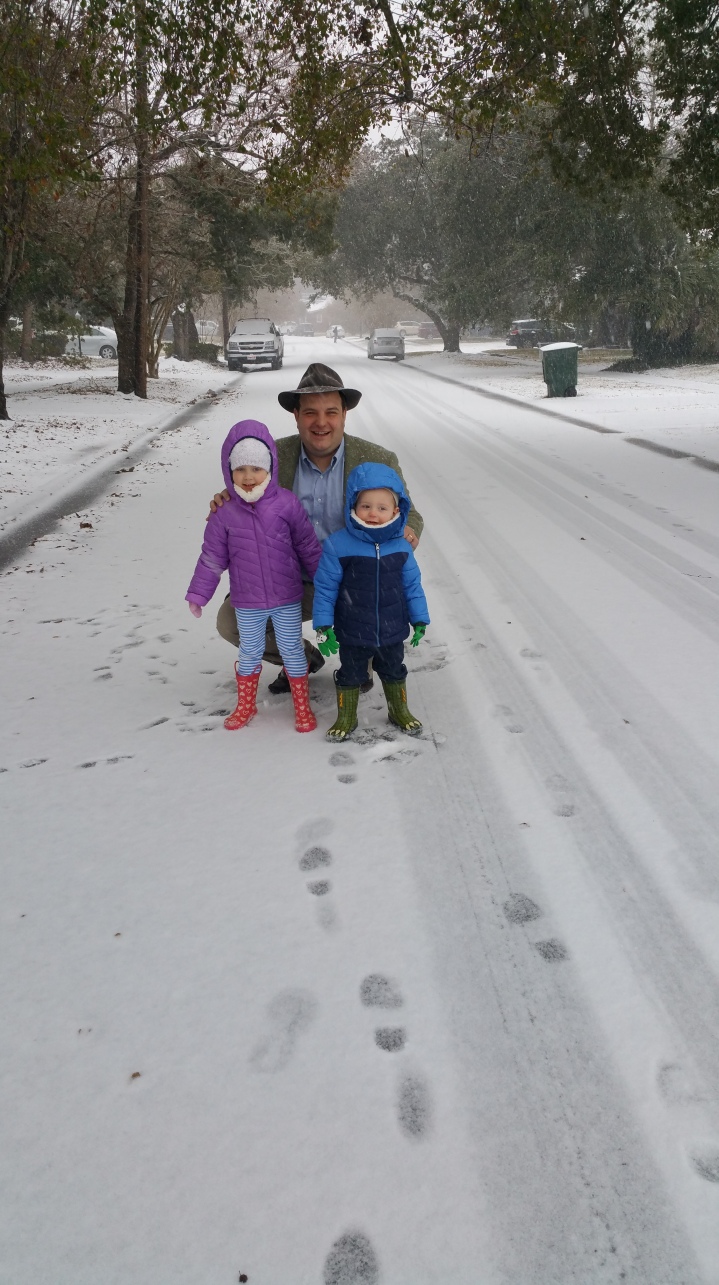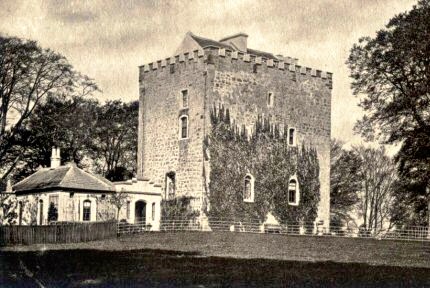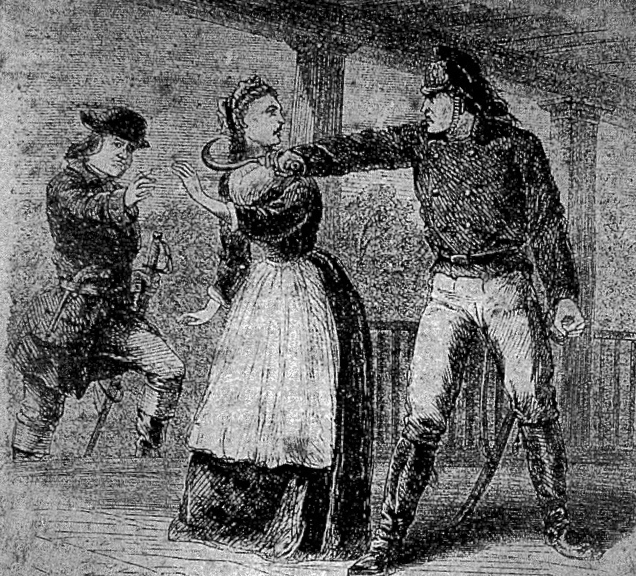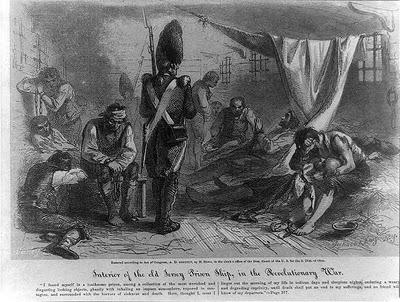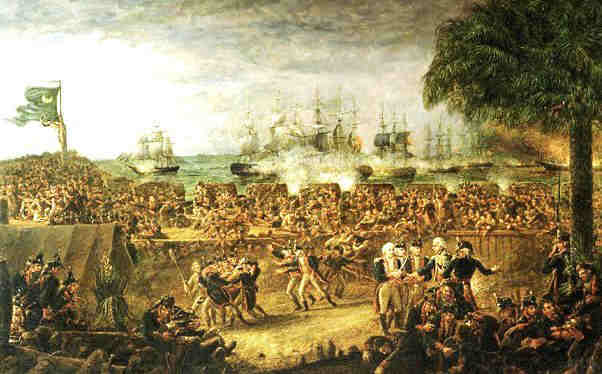A great rift erupted in the Johnson and Snipes families in 1910. Trouble had been brewing for a while. My great grandmother was Lillie Johnson Snipes (1876-1917), daughter of Amos James Johnson, Jr. (1843-1914), the steamboat captain and entrepreneur, introduced in Part I of this series. Lillie married my great- grandfather, Eugene Archibald Snipes, in 1902. From what we know, Amos did not approve of Mr. Snipes. Snipes had come from Nash County, NC, where he was a successful tobacco farmer. He is believed to have introduced widespread tobacco cultivation to Sampson County, NC. That wasn’t the issue. Mr. Snipes had been previously married. His 18 year old bride, Fannie McFarland died in childbirth, and the child did not survive either. Lillie and Mr. Snipes were married less than 2 years later.
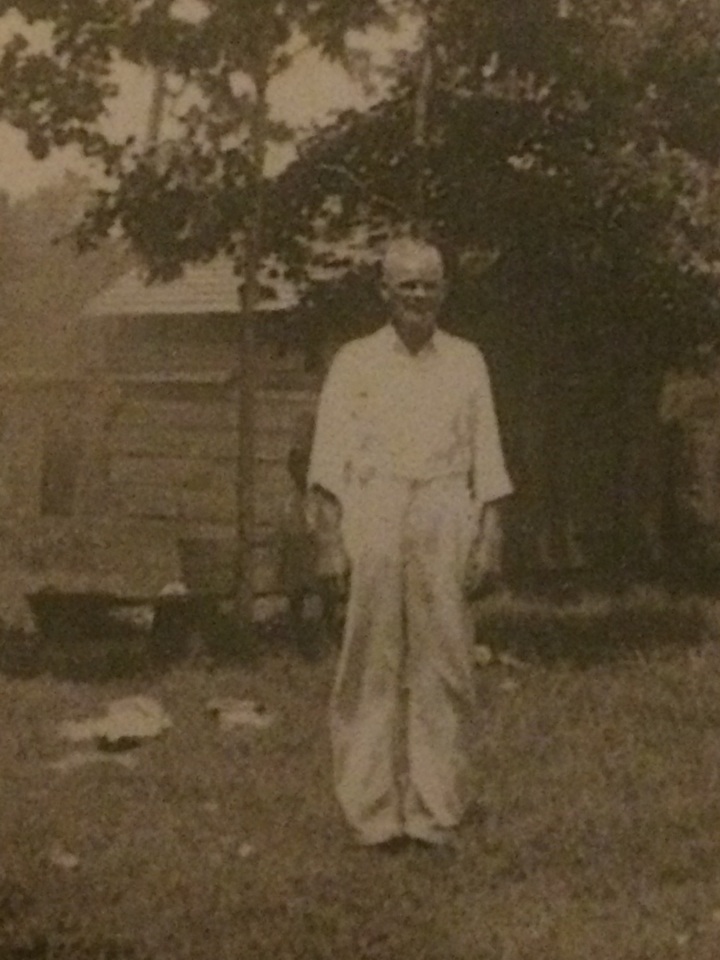
Prosperity did not bring peace to the Johnson household; Lillie did not have the opportunity to go to college because her older brother and sister died within weeks of each other in 1892 while attending Duke and Greensboro Women’s College respectively, of diphtheria. After Lillie’s marriage to Mr. Snipes, there was another family shock. When Amos’ wife and Lillie’s mother, Emily Idella Fryer, died in 1910, Amos promptly began courting Lula Merritt, a newly-made widow who was younger than Lillie. Lillie apparently did not take this well. Amos tried patching things up by deeding his plantation, Quewhiffle and 4000 acres attached thereto, to Lillie’s children (Amos’ grandchildren), leaving Lillie a life estate. Mr. Johnson did NOT give Mr. Snipes any legal interest in his property. Amos died in 1914, leaving the Clear Run farm to his second, young wife Lula. Lillie died in 1917, and left Quewhiffle to her children, including my grandmother, Melissa L. Snipes Triplett. Mr. Snipes would marry twice more, in succession to Irma Carter and Vivian Carter, who were sisters. He outlived the last of his wives by almost a generation, before dying in 1958. Papa Snipes was a tough man. Sometime when Snipes was in his 80’s, my grandmother was visiting him, and she noticed he had this weird cloth wound dressing all down his lower leg. She made him take it off, and she was appalled by the extent of his injury. Apparently, he was splitting wood in his front yard. He missed on a swing and cut his calf deeply. He didn’t panic or go to the hospital. He staunched the flow of blood, sewed HIMSELF up with a needle and thread, and cleaned the wound with kerosene. Having been living in the house owned by his own children at Quewhiffle, he moved to Delway in the 1940’s. A son-in-law had insisted in partitioning the Quewhiffle farm, and the home went out of the family in 1953. We’re working on getting it back.
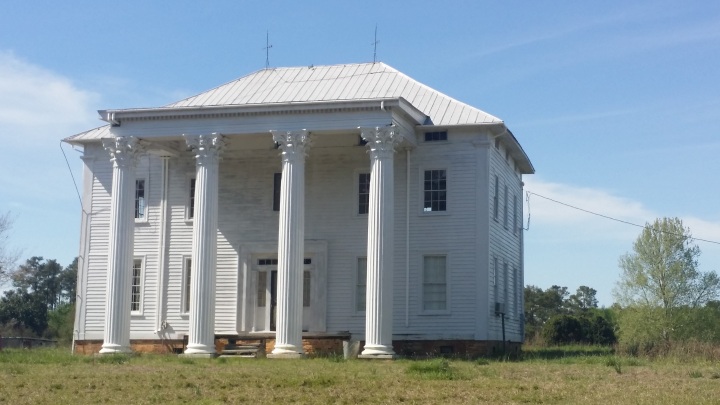
After the death of Lillie Snipes, the Johnson descendants (including my cousins, the McLambs, who live at Clear Run) kept up with each other in part through my great aunt Emily, who did not let the events of 1910 prevent her from having a relationship with the otherwise-estranged cousins. Back in 1999, the families reunited at Clear Run. In 2014, we had a big barbecue to honor the 100th anniversary of Amos Johnson’s passing. My daughter Caroline was just under a year old at the time.
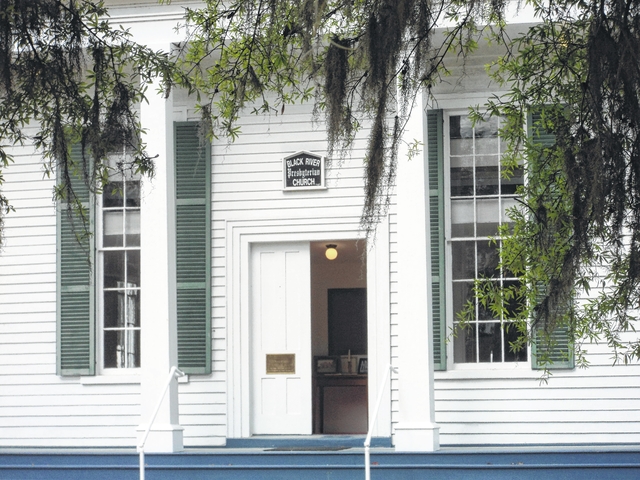
Back in Part I of this series, I mentioned the various Poitevint ancestors of mine. James (1711-1761) was married to Margaret DeVane (pronounced DeVaughn or Devahn). Her brothers, John DeVane and Thomas DeVane, had distinguished records in the Revolutionary War, as did her DeVane nephews. Their family founded the Black River Presbyterian Church at Ivanhoe, NC. Margaret DeVane Poitevint’s niece through her brother John was also named Margaret. She married William King, and their son William Rufus King (below, right) would go on to be the founder of the town of Selma, Alabama, Senator from Alabama, Ambassador to France, and Vice President of the United States under Franklin Pierce. Alas, he died only 6 weeks into his term, and was so ill that he took the oath of office in Cuba, the only VP to be sworn in overseas. In the modern age when we can speak openly about such matters, it is interesting to note that Rufus King is believed to have been the life partner of President James Buchanan (below left), before King’s untimely death. Both were lifelong bachelors and they lived together in a townhouse during their service in Congress. Historians disagree on the exact nature of their relationship; Andrew Jackson called them “Miss Nancy and Aunt Fancy”.
I did find a few things to tie all these family strands together. Patrick Murphy (1801-1874) was the grandson of the founder of Black River Presbyterian Church, along with the DeVanes and Poitevints. He, too, is a cousin. Murphy built the Quewhiffle house shown earlier in the post, where my grandmother lived in her youth. Patrick’s son, Dr. Patrick Murphy (1848-1907 ran the Broughton State Hospital at Morganton and was an early advocate for improved treatment of the mentally ill. As many African-American families try to put together family trees and are frustrated by the lack of records caused by slavery and its aftermath, I was pleased to find an article on the genealogy of Murphy family slaves. Patrick owned 114 slaves in 1860; it may come as some small comfort to the Murphy African-American descendants that by 1910, his cousin had sawed the detached kitchen off the Quewhiffle Plantation house and moved it down the road to be used as an African-American school. I hope to make some contacts and do more research on this important family connection.





